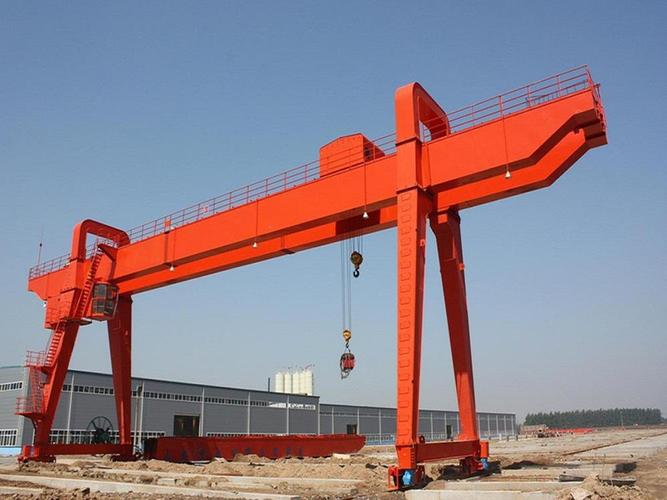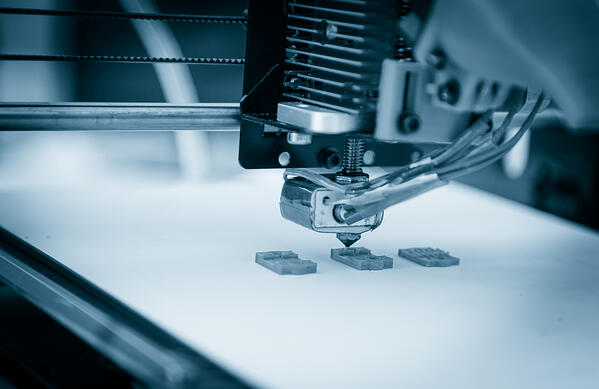
EN Free Trial





News Center
Industry News
In depth analysis of industrial automation - IO and PLC
In industrial automation control systems, IO modules and PLCs are indispensable and important components. They each undertake specific functions and play key roles in different application scenarios. This article will delve into the differences between the MR30 distributed IO module independently developed by Mingda Technology and PLC, in order to help you better understand these two technologies.

Overview of MR30 Distributed IO Module
The MR30 distributed IO module is a hardware device that integrates multiple input and output functions. It is based on protocols such as EtherCAT (Ethernet Control Automation Technology) and has the characteristics of high bandwidth and low latency. This module is suitable for industrial environments that require real-time monitoring and precise control through efficient communication and control with the main station.
PLC Overview

PLC is a digital operation controller specifically designed for industrial environments. It uses programmable memory to store programs internally, execute logical operations, sequential control, timing, counting, and arithmetic operations, and control various types of machinery or production processes through digital or analog input/output. PLC is widely used in manufacturing, process industry, transportation and other fields, such as automobile manufacturing, food processing, textile industry, pharmaceuticals, etc. It can achieve functions such as product assembly, assembly line control, quality inspection, etc., improving production efficiency and product quality. The difference between MR30 distributed IO module and PLC function positioning: MR30 distributed IO module is mainly responsible for signal conversion and transmission, while PLC, in addition to signal processing, also includes logical operations, control algorithms and other functions, which can execute complex control logic. Structural complexity: The MR30 distributed IO module usually has a relatively simple structure, focusing on the flexibility and reliability of input and output interfaces. The PLC structure is more complex, including processors, memory, power modules, etc., which can perform complex programming and logical operations. Application scenario: The MR30 distributed IO module is particularly suitable for situations that require expanding the number of input and output points, remote signal acquisition, and precise control. PLC, as the core of the control system, is suitable for situations that require the execution of complex control logic, such as automated production line control, mechanical control, process control, etc. System Scalability: The MR30 distributed IO module achieves efficient communication through various communication protocol buses, facilitating system expansion and upgrades. Although PLC systems can also be expanded, they typically rely on specific CPUs and internal protocols, and the expansion process may be complex. Summary: MR30 distributed IO module and PLC have their unique advantages and application scenarios in industrial automation control systems. The MR30 distributed IO module is particularly suitable for applications that require precise control and remote signal acquisition due to its high real-time performance, flexible configuration, and high reliability; PLC, with its powerful logic operation and control algorithm functions, has become the preferred choice for automated production line control and complex industrial process control. In practical applications, the two often work together to form the basic framework of industrial automation control systems.
Related news

Crane Innovation: Protocol Converter Unlocks Safety and Efficiency

2024/11/01

IO modules help the heavy equipment industry enter a new era!

2024/11/01

Hydrogen Journey: IO Modules Help Reduce Costs and Increase Efficiency

2024/11/01

Mingda Technology IO Module: Intelligent Engine for Additive Manufacturing

2024/11/01